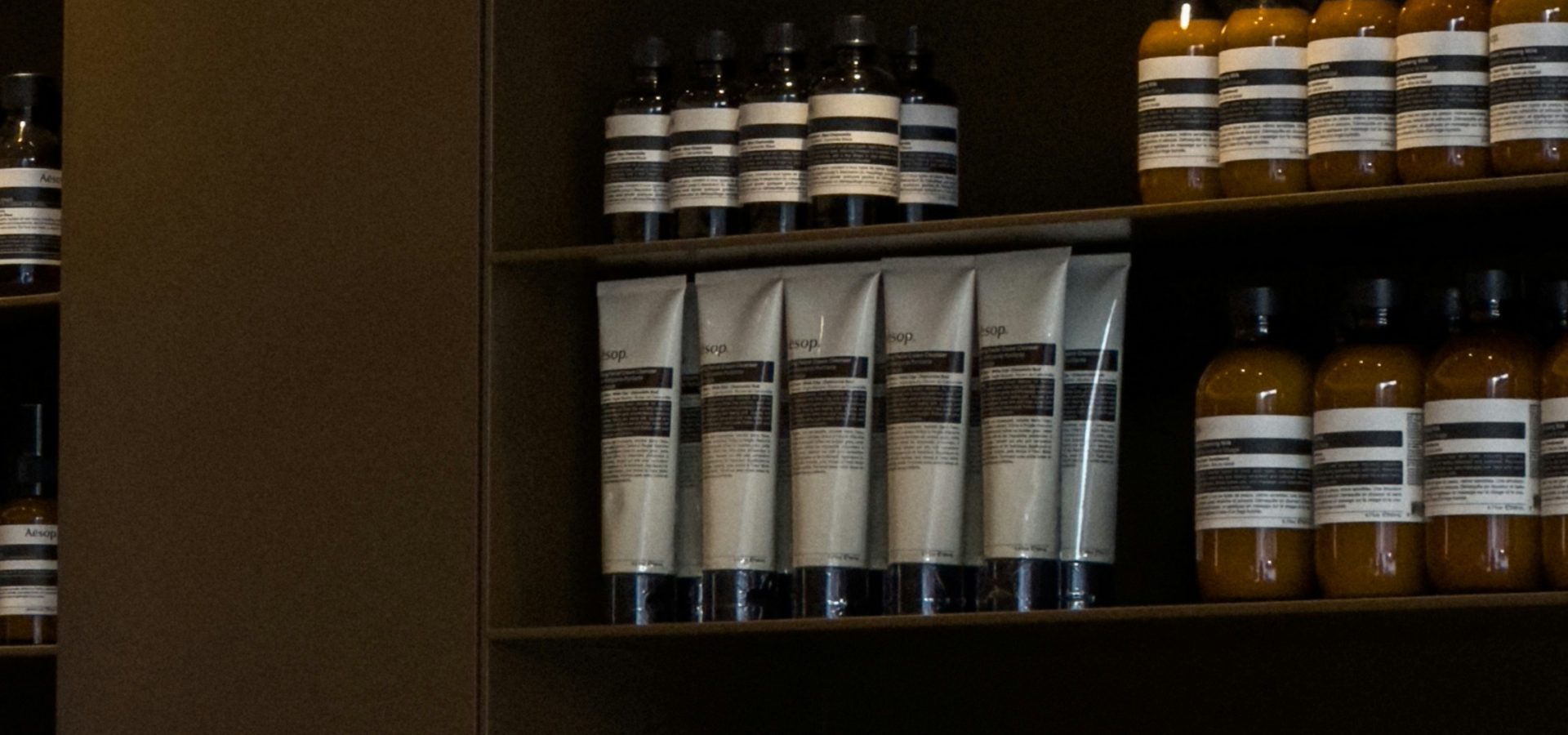In an ultra-competitive beauty market, where over 80% of purchasing decisions are made in-store, optimizing retail space is a major strategic priority. Beyond the product itself, it is the shopping experience that directly influences conversion and customer loyalty. In this context, floorplanning emerges as a key lever for commercial performance and value creation.
1 – Maximizing the visibility of high-potential categories
A well-structured retail space helps highlight the product categories that contribute most to revenue or profit margins. According to a Nielsen study, optimal shelf placement can generate up to 20% additional sales. With floorplanning tools enhanced by customer flow data (such as heatmaps, smart cameras, and POS data), retailers can identify high-traffic areas (known as “hot zones”) and strategically place:
• New products (attractiveness drivers)
• Promotions (volume drivers)
• Best-sellers (conversion drivers)
For instance, Sephora employs an analytical approach to store layout, prioritizing testing areas and exclusive product launches, which results in a higher conversion rate for premium products.
2 – Streamlining the customer journey to encourage complementary purchases
The average customer journey in a cosmetics store lasts between 6 and 10 minutes, a very short window to capture attention and trigger purchases. Effective floorplanning eliminates friction points (such as dead zones or blocked pathways) and intuitively guides customers based on behavioral patterns, through:
• Segmented product universes (skincare, makeup, fragrances, accessories, etc.)
• Highlighting complementary items (e.g., foundation + sponge + setting spray)
3 – Embedding brand identity in the physical space
Store layout is a tangible expression of brand DNA. Every square meter becomes a vehicle for brand image: clean minimalism for a clean beauty brand, high-tech sophistication for a dermocosmetic label, or a glamorous atmosphere for a luxury player.
According to POPAI (Point of Purchase Advertising International), 60% of purchasing decisions are influenced by product presentation. A floorplanning strategy that aligns with visual codes and brand messaging helps to:
• Strengthen emotional engagement
• Create an immersive environment
• Differentiate from the competition
4 – Optimizing the profitability of every square meter
Physical retail is under increasing pressure to maximize space profitability. Poor store layout can lead to up to a 30% drop in commercial productivity. Solutions such as Blue Yonder Space & Floor Planning enable retailers to integrate:
• Sales data
• Consumer behavior
• Operational constraints (inventory, traffic flow, seasonality, etc.)
With this data-driven approach, brands can precisely adjust product placement by tailoring space allocation down to the individual SKU level, based on observed performance and the specific characteristics of each geographic area.
5 – Meeting the expectations of experience-driven consumers
Today, 72% of consumers expect a personalized in-store experience. In the cosmetics industry, this involves:
• Interactive zones (testers, smart mirrors, skin diagnostics, etc.)
• Advisory workshops (e.g., “My personalized routine in 5 minutes”)
• Experiential events (product launches, masterclasses, etc.)
Smart floorplanning should seamlessly integrate these experiential features without disrupting customer flow, while encouraging product discovery.
Floorplanning is no longer merely a layout exercise, it is a strategic tool serving commercial performance, operational efficiency, and brand identity. In the cosmetics industry, it enables retailers to:
• Enhance the clarity of the product offering
• Streamline the customer journey
• Maximize profitability per square meter
• Tailor the space to the expectations of increasingly demanding consumers
Retailers that leverage advanced technological tools can turn store layout into a lasting competitive advantage, one that drives growth and customer loyalty in an ever-evolving retail landscape.
Wissal HASSANI – Category Management Consultant (FORTI6)
Ahmed ABIDA – Marketing Analyst (FORTI6)

